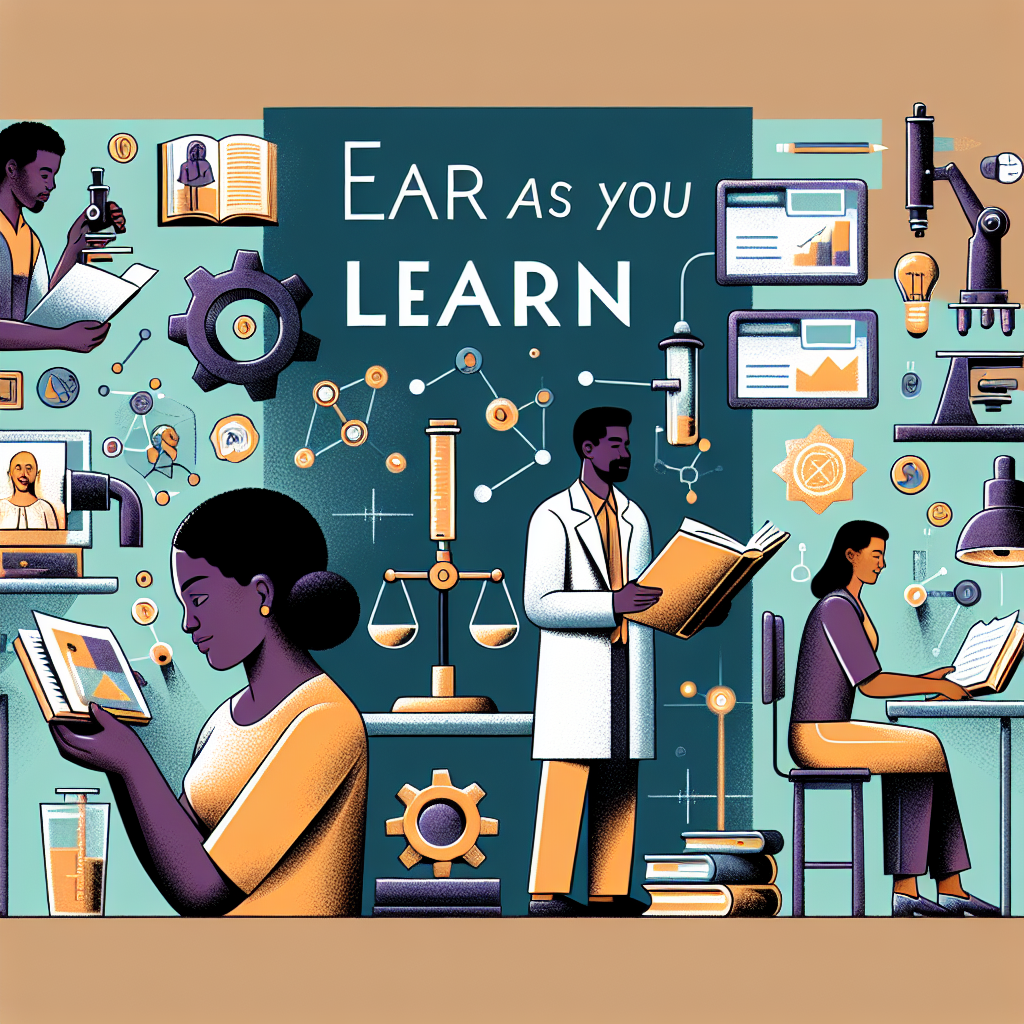Getting started with a new training model can feel overwhelming, but a clear plan makes the path manageable and motivating. How To Get Started With Earn As You Learn Program. will walk you through the first practical steps, what to expect from paid learning opportunities, and how to choose the right placement for your goals. This guide focuses on practical actions, realistic expectations, and where to look for support as you move into work-based education.
Understand the earn-while-you-learn concept
An earn-as-you-learn program blends paid employment with structured training. Participants receive wages while building workplace skills, often following a curriculum or mentorship plan. These models include apprenticeships, traineeships, internships with training components, and employer-funded certificate pathways. Knowing the difference helps you target programs that match your timeline, learning style, and career objectives.
Benefits to expect
- Paid wages or stipends during training, reducing financial barriers.
- Hands-on experience that employers value more than classroom-only credentials.
- Mentorship and a clear progression route toward higher-skilled roles.
Get started with an earn-as-you-learn pathway
Begin by clarifying your goals: do you want rapid entry into the workforce, a long-term trade, or a professional career ladder? Once you know what you want, map out the industries that hire through earn-and-learn programs—healthcare, skilled trades, IT, and manufacturing are common fields. Research local providers, ask about program length, wage levels, certification outcomes, and placement rates.
Step-by-step plan to enroll
Follow these practical steps to move from interest to enrollment:
- List preferred industries and roles, and rank them by interest and feasibility.
- Search for programs offered by employers, community colleges, or training consortia in your area.
- Prepare a resume highlighting transferable skills and any short-term courses or volunteer experience.
- Contact program coordinators for application details and interview advice.
- Confirm logistics like schedule, transportation, and childcare before accepting an offer.
Find trustworthy program information
Not all programs are equal—look for clear outlines of what you will learn, how long training takes, and what credential you will receive. Employer-backed programs usually specify wage progression and job placement support. Community colleges and workforce boards often partner with employers and publish program outcomes, which can be a reliable source of data.
For a broad overview of how apprenticeship and paid training programs work and the benefits they offer to learners and employers, see this detailed resource from the U.S. Bureau of Labor Statistics: BLS article on apprenticeships and career outcomes.
Practical tips for success
To make the most of an earn-as-you-learn opportunity, treat training as a job: be punctual, ask thoughtful questions, and build relationships with mentors. Keep a learning log to track skills acquired and tasks completed—this will help with future job applications and performance reviews. Seek feedback regularly and request additional responsibilities as you demonstrate competence.
If you’re exploring a career pivot later in life or need targeted guidance, consider resources aimed at career changers and mature learners; they can help with tailored strategies and confidence-building. For a perspective on restarting a career at midlife, this guide provides practical encouragement and steps you might adapt to your situation: resources for starting a fresh career path.
What to ask before you commit
- How long is the training and what credential or skill level will I reach?
- What wages or stipends are provided, and how do they change over time?
- Is there a clear job placement rate or pathway to permanent employment?
- Who is responsible for supervision and mentorship during the program?
Short checklist before enrollment
- Confirm program length, schedule, and wage details.
- Ask for a written curriculum or training plan.
- Check employer or institution reviews and outcome statistics.
- Arrange practical supports (transport, childcare, technology) so you can focus on learning.
FAQ
Q: Do earn-as-you-learn programs pay enough to support living expenses?
A: Payment varies by industry and program. Many provide a wage or stipend that helps cover basics, and some include benefits. Ask for wage progression details and compare them with local living costs before committing.
Q: Can I switch to a different program if the first one isn’t a good fit?
A: Yes, but do so thoughtfully. Discuss concerns with your mentor or program coordinator first—many adjustments can be made. If you decide to leave, document skills gained and use them to apply for other openings.
Q: Are there age or education limits for these programs?
A: Requirements differ by program. Some apprenticeships and employer-based pathways welcome career changers and non-traditional applicants, while others have minimum education or credential prerequisites. Always check eligibility early in your search.



